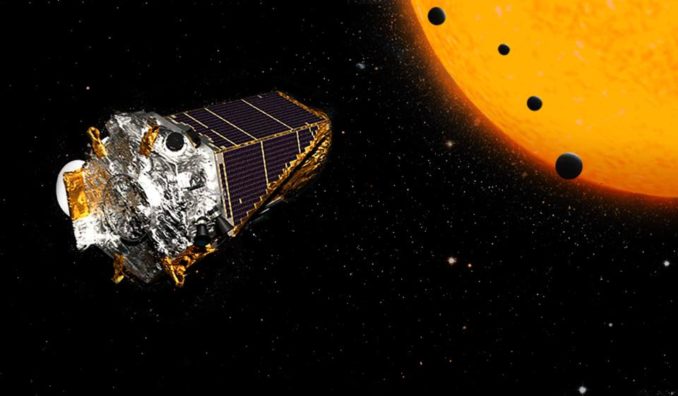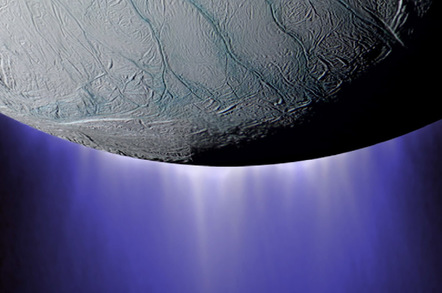
You’re looking at the center of our galactic home, the Milky Way, as imaged by 64 radio telescopes in the South African wilderness.

To help us grok the immensity of the cosmos, the European Space Agency has released a remarkable image of space in which every point is an entire galaxy.

Nearly a decade after launching NASA’s Kepler telescope has netted 2,650 new confirmed worlds beyond our solar system. It now has paused its observations after on-board sensors detected it is running low on fuel.

A new image of star cluster RCW 38, an area strewn with young, hot, massive stars, is providing an unprecedented glimpse into a tumultuous region of space located 5,500 light-years from Earth.

In its quest to find extant life in the Solar System, NASA has focused its gaze on the Jovian moon Europa. But scientists believe it is Enceladus that stands the greatest chance of making that next big step.

Results from computer simulations confirm that young Uranus was involved in a cataclysmic collision with an object twice the mass of Earth.

For the very first time, astronomers have captured an image of a baby planet as it carves a path through the disc of dust that surrounds its star, an orange dwarf 113.4 parsecs (370 light-years) away from Earth.

A mysterious cataclysm in a neighboring galaxy was spotted in the sky above Hawaii last week, sending astronomers around the world scrambling to understand the source of the staggeringly brilliant flash.

Last October, researchers spotted a long, skinny object speeding through our solar system. Additional observations have now earned the object a comet label.

Nexus for Exoplanet Systems Science, or NExSS project's mission is to be able detect extraterrestrial “biosignatures” using current and future technologies.

Using mass spectrometry data from NASA's Cassini spacecraft, scientists found that large, carbon-rich organic molecules are ejected from cracks in the icy surface of Saturn's moon Enceladus.

The James Webb Space Telescope would be the most complex imaging hardware that NASA has attempted to put into space. But so far, that complexity has driven extensive delays.

However, eager spacegoers may want to reconsider rushing to fly. So far, Blue Origin has only flown its New Shepard vehicles eight times with its first launch in April 2015 proving testy.

A storm of tiny dust particles on Mars has prompted NASA's Opportunity rover to suspend science operations. The Martian dust storm has grown in size and is now officially a 'planet-encircling' (or 'global') dust event.

Scientists have analyzed data from K2, the follow-up mission to NASA's Kepler Space Telescope, and have discovered a trove of possible exoplanets amid some 50,000 stars.